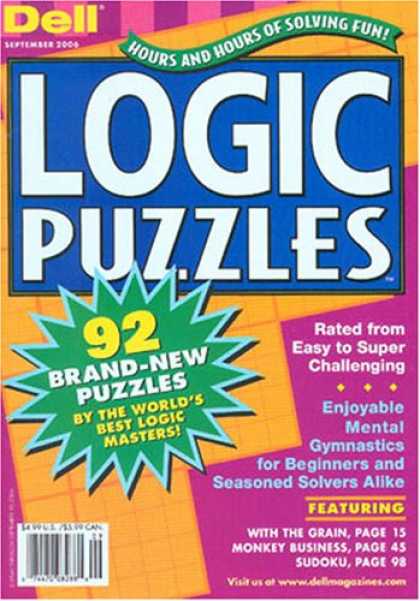A few years ago, I did a stint teaching math at an urban prep in Watts. It wasn't a tough school by Watts standards (and the Watts of today isn't nearly as tough as it was twenty years ago). No school with a self-selecting student body is going to be that tough.
It was, however, academically challenging. The kids came in about a year and a half below grade level and the objective was to get almost all of them into college and by that I mean almost all of the kids who enrolled. We never resorted to the high-attrition model common in 'no-excuses' charters. We also didn't bury the the kids with work. We had to find a way to get virtually all of our students up to speed while keeping their workload reasonable.
It was a daunting assignment and when I started grading their first test, I was momentarily tempted to give up. Probably half the questions were left completely blank. I was shocked. My approach to teaching math requires a lot of one-to-one interaction so I had seen all of these kids do similar problems successfully in class.
To make matters worse, I had been very clear that I would give partial credit if the students were close or even if they showed a good understanding of the question. Even with this added incentive, they were frequently not even attempting the problems.
I wrote up a new test (treating the first as a practice run), reviewed all of the material with the class and announced one change in the grading policy. I told the class that, since a blank was the most wrong answer, a blank would get the lowest score. If the students wrote anything, including "I don't know," they would get at least a point. The closer they got the better they'd score but writing anything would get them one point out of ten.
From that point on, unless the student ran out of time, I never saw a blank, but here's the kicker: I never saw anyone write "I don't know" either. Pretty much every student attempted every problem. Furthermore they were in pretty good shape for college, good enough that a fair number of them went on to some very good outcomes, including engineering degrees at schools like UCLA and USC.
There are lots of potential take-aways here, but one seems particularly relevant to some recent discussions: learned helplessness and what we might call students' static friction. Students who are having trouble, particularly those on the wrong side of the achievement gap, often find themselves in this situation. This has both a bad and a good side. It can be extraordinarily frustrating for students and educators but often, if you can manage to nudge the student while applying the right kind of instruction and motivation, you'll see a dramatic improvement.

